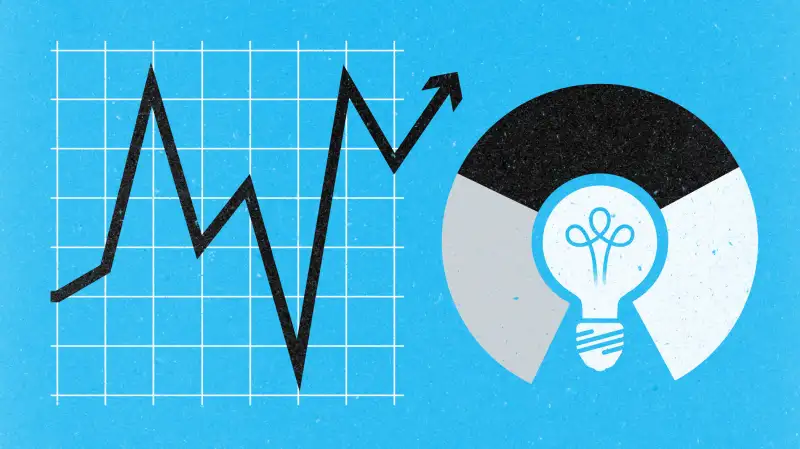Why Stock Forecasts Are Often Off Target
Money is not a client of any investment adviser featured on this page. The information provided on this page is for educational purposes only and is not intended as investment advice. Money does not offer advisory services.

Q: Investment web sites such as Yahoo list one-year price targets for stocks. How often are these correct? — Hal
A: Simply put, these numbers are based on where analysts collectively think a stock will be trading a year from now.
“The one-year number you see on Yahoo and other sites is the median or average opinion of these analysts,” says David Schneider, a certified financial planner and principal of Schneider Wealth Strategies in New York. He adds that the analysts who contribute to this target estimate typically work for investment banks and brokerage firms, as opposed to mutual funds or firms whose research is for their own internal use.
To come up with their individual estimates, these analysts have to project what a company’s business will look like a year from now, typically focusing on its earnings, among other factors.
Then they need to account for how much investors will be willing to pay for those earnings. In other words, after forecasting a company's earnings — which is the "e" in a stock's price/earings ratio — analysts have to determine the price (or "p") that investors will assign that company.
This goes to show that a company's stock price a year from now isn’t just a factor of it's business prospects, but on the subjective opinions of analysts about investors' confidence and passion for that stock.
An analyst could nail the estimate but be wrong on the P/E, or what Wall Street types refer to as the "multiple." Conversely, an analyst could get the right multiple but miss the estimate, says Schneider. This only compounds any inaccuracies of these targets. Add to that all of the other things that influence stock prices — from interest rates to geopolitical events — and you can see why these targets are an educated guess at best.
Meanwhile, the numbers can vary from analyst to analyst and site to site.
The target for Apple , for example, was recently about $148 on Yahoo Finance, $146 on MarketWatch.com and $145 on Nasdaq.com. For electric car maker Tesla Motors , which was recently trading at around $244 a share and has yet to report any profits, the differences are greater. On Yahoo Finance, the target estimate was $269. At Nasdaq.com it was $275 and on MarketWatch.com it was $258.
While it’s possible that the average or median recommendation may be predictive, research on individual recommendations isn’t encouraging. “Unless the target is close to the current price these things are pretty useless,” says Schneider, noting that there have been numerous academic studies on the topic, most with the same conclusion.
An MIT Sloan School of Management working paper published in 2004, for example, found that 54% of analysts’ one-year forecasts hit their price targets at some point during that period.
The odds for success, however, diminished greatly if the targets were considerably higher than the current price. If the forecasted price was up to 10% higher than the current price, it had a 74% chance of meeting its target. If it was 10% to 20% higher, there was a 60% chance of success. But once projections exceeded 70% of the current price got above that, the success rate plummeted to 25%.
“What this means if you want to use these target estimates to find stocks with big return potential you’re not likely to be successful,” Schneider adds.
Now, this isn’t to say you should turn a blind eye to these estimates altogether. “If you are interested in stock, I think it makes sense to get a sense of how the experts feel about it,” he says, noting that individual investors often focus on the “story” and make numbers an afterthought.
He adds: “If you are really bullish about something and the experts aren’t, you want to examine your views and see if you can still defend them.”